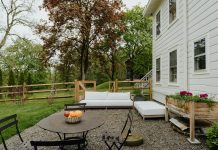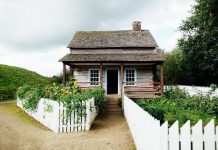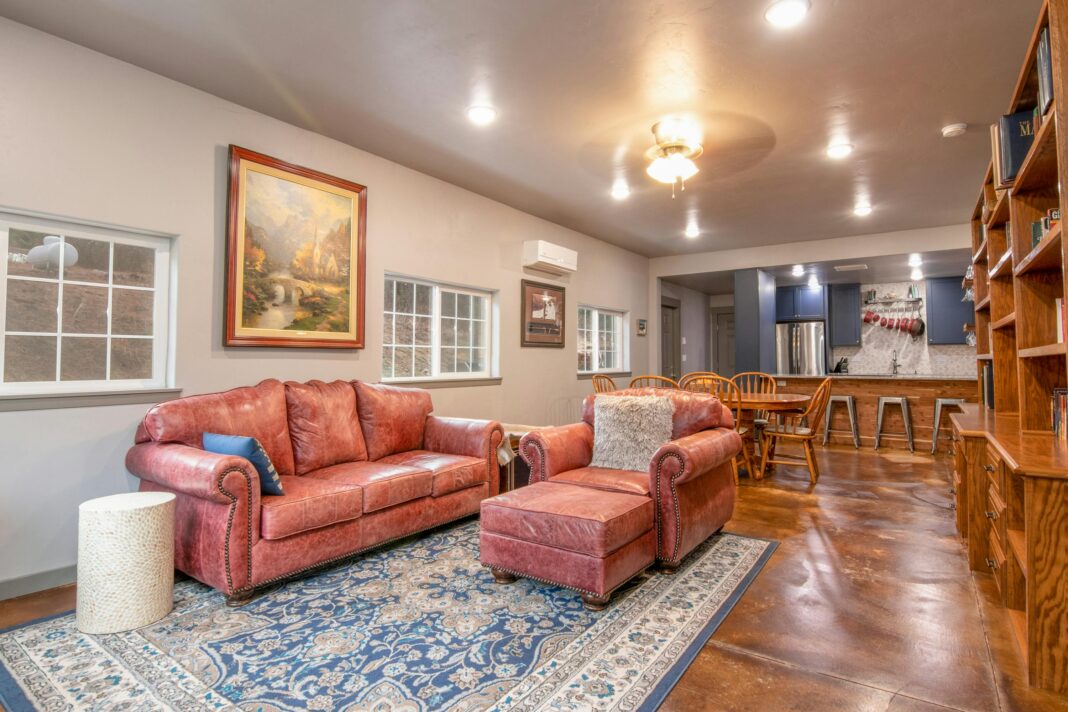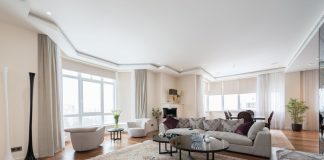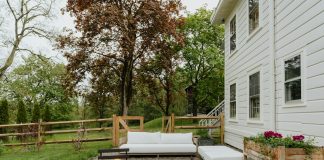How much money to furnish a 1400s house is an important question for anyone restoring or decorating a historical property. The overall cost to furnish a 1400s house depends on many factors: your chosen furniture style, the number of rooms, condition of the house, and your goals for authenticity.
Whether you want to recreate authentic 15th-century interiors or prefer a mix of medieval home decor and modern comfort, understanding the cost breakdown for furnishing a historical house is essential for proper budgeting.
Key Factors Affecting Cost
When planning how much money to furnish a 1400s house, consider the following factors:
Authenticity and Style:
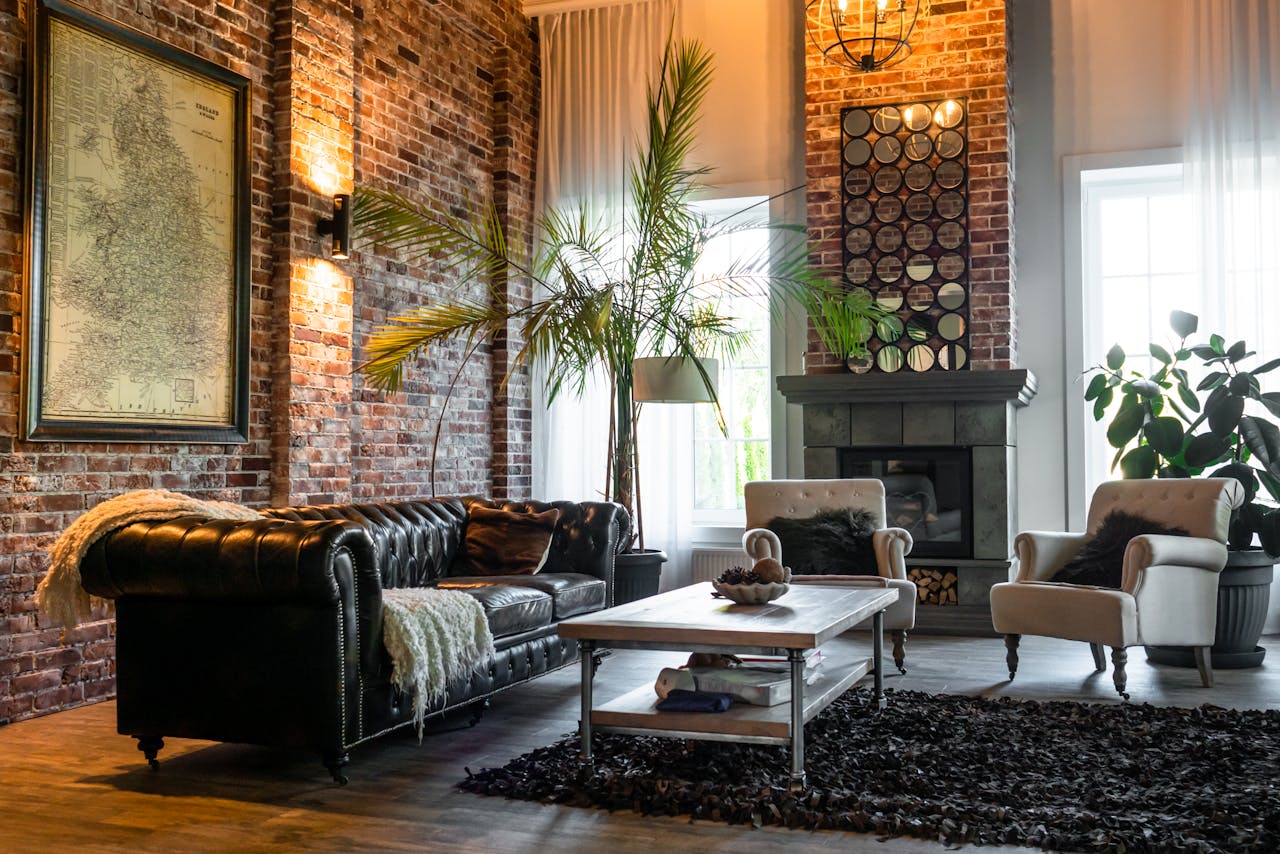
Some owners want pure period-appropriate furniture, while others accept reproductions or a blend of modern and vintage home styling. Authentic 15th-century interiors need materials like oak, iron, and wool, which often cost more.
For those on a budget for furnishing a medieval house, using affordable medieval home decor ideas or high-quality reproductions can help keep costs reasonable.
Size and Layout:

The number of rooms is one of the biggest drivers of overall cost. Larger houses or properties with more bedrooms, living areas, and utility rooms require more furniture and decor, increasing the total investment.
Condition and Restoration Needs:
A well-maintained house might need only simple furnishing, but a property in need of restoration will have additional expenses.
Restoration and maintenance expenses often include structural repairs, refinishing wood, and fixing old masonry, which can add a significant amount to your overall cost to furnish a 1400s house.
Room-by-Room Cost Breakdown
Furnishing a 1400s house is best approached by breaking down each main room and estimating the needed budget. Here is a detailed guide to the expected costs and what you might need for each area:
| Room | Key Furnishings & Decor | Estimated Cost (USD) | Tips |
|---|---|---|---|
| Hall | Long wooden table, benches, tapestries, candle stands, iron sconces | $7,000 – $13,000 | Opt for reproduction benches; DIY tapestries to save money |
| Main Bedroom | Canopy bed, chests, linen bedding, small tables, wool rugs | $5,000 – $9,000 | Mix vintage chests with reproduction beds for balance |
| Kitchen | Wooden cupboards, large work table, shelves, iron cookware, simple stools | $3,000 – $6,000 | Use reclaimed wood for shelves; source second-hand ironware |
| Secondary Bedrooms | Beds, storage chests, woven wall hangings, stools | $2,500 – $5,000 | Shop vintage markets for chests and beds |
| Living/Family Room | Benches, wooden chairs, fireplace tools, wool rugs, wall art | $3,500 – $7,000 | Combine reproduction seating with antique rugs for authentic look |
| Total | $21,000 – $40,000 |
Cost Breakdown for Furnishing a Historical House
The cost to furnish a 1400s house often ranges from $21,000 to $40,000.
Where does this money go?
- Furniture: This includes all main pieces for each room, such as beds, tables, benches, and chests.
- Decor: Tapestries, rugs, wall hangings, and period-appropriate decor add a major impact but can vary in price depending on whether you choose antiques or DIY alternatives.
- Restoration: Restoration and maintenance expenses can take up to 15% of your total budget, especially in older homes with issues like woodworm or crumbling plaster.
- Accessories: Iron candle holders, kitchen tools, and authentic light fixtures are part of the typical furnishing needs for a 1400s home.
Antique Furniture Costs
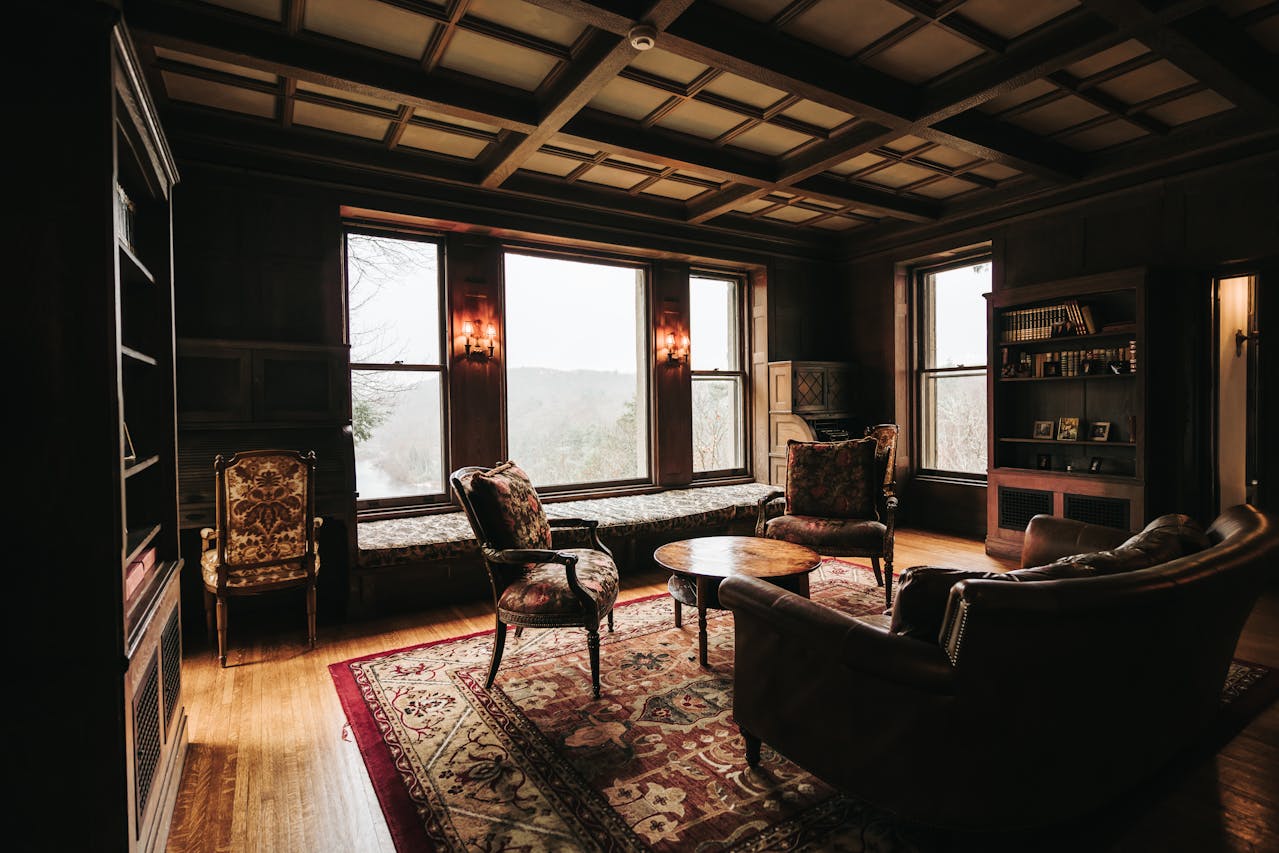
Antique furniture costs are usually higher than modern or reproduction pieces.
For example:
- A genuine 15th-century chest can cost $2,500 to $6,000 or more.
- Canopy beds from the era may start at $4,000 and go up depending on condition and provenance.
- Large oak tables, a centerpiece in any hall, often cost $3,000 to $7,000 for a well-preserved antique.
Because the market for historical home furnishings is limited, buying only antiques can push your budget for furnishing a medieval house much higher.
Instead, many homeowners mix antiques with reproduction furniture and vintage home styling to save money while achieving a similar look.
Affordable Medieval Home Decor Ideas:
To keep costs in check, try these practical, affordable medieval home decor ideas:
- DIY Tapestries and Wall Hangings: Use natural fabrics and simple embroidery to make your own decorative pieces.
- Reproduction Furniture: Invest in high-quality reproductions for large items like beds and tables, reserving your antique budget for a few standout pieces.
- Upcycled and Second-Hand Finds: Search antique shops, online marketplaces, and local sales for pieces that can be restored or repurposed.
- Simple Decor: Woven baskets, iron candleholders, and pottery are authentic and affordable.
Vintage home styling does not mean you need to buy only expensive antiques. Mixing modern craftsmanship with old-world details gives your home the right atmosphere without exceeding your cost breakdown for furnishing a historical house.
Restoration and Maintenance Expenses
Old houses from the 1400s usually need ongoing repairs. Restoration and maintenance expenses should not be ignored when planning how much money to furnish a 1400s house.
Common needs include:
- Wood repairs for beams and floors
- Repointing or replacing stonework
- Plastering and limewashing walls
- Repairing leaded windows
- Preserving or restoring original fireplaces
Set aside at least 10-15% of your overall budget for these restoration and maintenance expenses, even if the house appears to be in good shape at first glance. This is a reality for anyone furnishing and living in a medieval-style home.
Authentic 15th-Century Interiors
Creating authentic 15th-century interiors means focusing on historical accuracy. Most homes from the 1400s featured:
- Heavy oak furniture with simple designs
- Iron fixtures and hardware
- Plain textiles, often in natural colors like brown, beige, and deep red
- Minimal clutter, with open floor plans and only essential items
When sourcing historical home furnishings, try to match materials and colors to what would have been available in the period. Avoid plastic or modern laminates. Stick to natural fabrics like linen, wool, and leather for bedding and upholstery.
This attention to detail helps you recreate the look of authentic 15th-century interiors while still meeting modern living needs.
Budgeting for Antique Furniture in a 1400s House
Smart budgeting is crucial when working with antique furniture costs.
Tips for budgeting:
- Research current prices at auction houses and online marketplaces before buying.
- Decide which rooms deserve investment in authentic antiques (main hall, master bedroom) and where reproductions are acceptable.
- Make a list of essential pieces and track their cost.
- Allocate funds for restoration, as many antiques will need cleaning or repairs.
Sticking to your budget for furnishing a medieval house is easier when you plan each purchase and prioritize the areas that will have the biggest impact.
Restoring and Furnishing a 15th-Century Home on a Budget
Even with a limited budget, it is possible to achieve a strong historical look.
Start with the basics:
- Furnish key rooms with reproduction furniture to keep costs down.
- Focus your antique budget on one or two signature items per room, such as a chest or dining table.
- Use affordable medieval home decor ideas to add atmosphere: wall hangings, candles, and pottery can all be handmade or sourced second-hand.
If you need to reduce your initial spend, furnish the main rooms first and add more decorative pieces over time. Many people restoring and furnishing a 15th-century home on a budget choose to finish one room at a time as funds allow.
FAQs
How much does it cost to furnish a medieval-style home?
For most houses, expect to spend $21,000 to $40,000 depending on size, style, and authenticity.
Can I use modern furniture in a 1400s house?
Yes, blending some modern pieces with period-appropriate furniture and vintage home styling can save money and offer more comfort.
Where can I find affordable medieval home decor ideas?
Antique shops, reproduction furniture makers, online marketplaces, and DIY options are all good sources for affordable medieval home decor ideas.
What are the most expensive pieces to buy?
Antique beds, large chests, and dining tables are usually the most expensive historical home furnishings.
How much should I budget for restoration and maintenance?
Plan to spend at least 10-15% of your total furnishing budget on restoration and maintenance expenses for a historical property.
Is it possible to furnish a 1400s house on a small budget?
Yes, but you will need to focus on reproduction furniture, upcycled pieces, and DIY decor to keep the budget low.
Conclusion
How much money to furnish a 1400s house is determined by the size of the house, your desired level of authenticity, and how much restoration is needed. With careful planning and a clear budget, you can balance antique furniture costs, restoration and maintenance expenses, and still create an inviting, period-appropriate home.
Start with the essentials and add decorative details over time. Affordable medieval home decor ideas and smart shopping can make your dream of an authentic 15th-century interior a reality.


















